Caves are home to a plethora of microbes
Though perhaps more forgiving than an acidic hot spring, caves present unique challenges for their microbial denizens. Caves are dark – except for passages close to entrances or skylights, light-harvesting organisms like plants or algae cannot grow. On the Earth’s surface, the base of an ecological food web is the Sun: simply put, plants capture light energy from the Sun to fix carbon dioxide and grow, herbivores eat the plants, and carnivores eat the herbivores. This translates to microbial communities on the surface as well: an “autotrophic” cyanobacterium might perform photosynthesis to gain energy and carbon, while a “heterotrophic” microbe might eat its products to do the same.
How does life change from the shallowest underground to great depth? Caves access the very shallowest crust and allow us to enter and explore these subsurface realms. We can see the transition from the twilight zone where faint light fuels photosynthetic life, to deeper darker realms fueled by some combination of gifts from the surface and in situ primary productivity. The balance between these things depends on the cave! We target a range of different cave types and locations to understand this balance.
Sources of energy in caves
The lack of photosynthesis in caves complicates things. How do microbes live and grow where the Sun doesn’t shine? Sometimes, food (organic carbon) and nutrients flow into the cave by dripping water or seasonal floods, leaving the microbes underground essentially fighting for table scraps from the surface. However, some microbes, termed chemolithoautotrophs, can actually fix their own carbon in the dark, using energy from minerals to power this process. In other words, these microbes can produce their own food in the caves without the Sun, by harvesting energy from the chemical bonds in minerals.
With these two possibilities, how do we tell whether microbes in caves are fighting for table scraps or are cooking their own meals?
Tracking the flow of carbon in caves
Carbon comes in three main flavors, based on the number of neutrons present in its nucleus: 12C,13C, and 14C, in order of abundance. Of these three, 12C and 13C are stable, meaning they don’t decay over time like the radioactive 14C. As it turns out, different sources of carbon can have differing amounts of 13C relative to 12C. Isotopically speaking, organic carbon washing in from the surface can look very different from organic carbon synthesized in the cave itself by chemolithoautotrophs. By measuring these distinct carbon isotope ratios, we can distinguish between surface- or cave-fixed organic carbon!
Lava Caves

BRAILLE project description
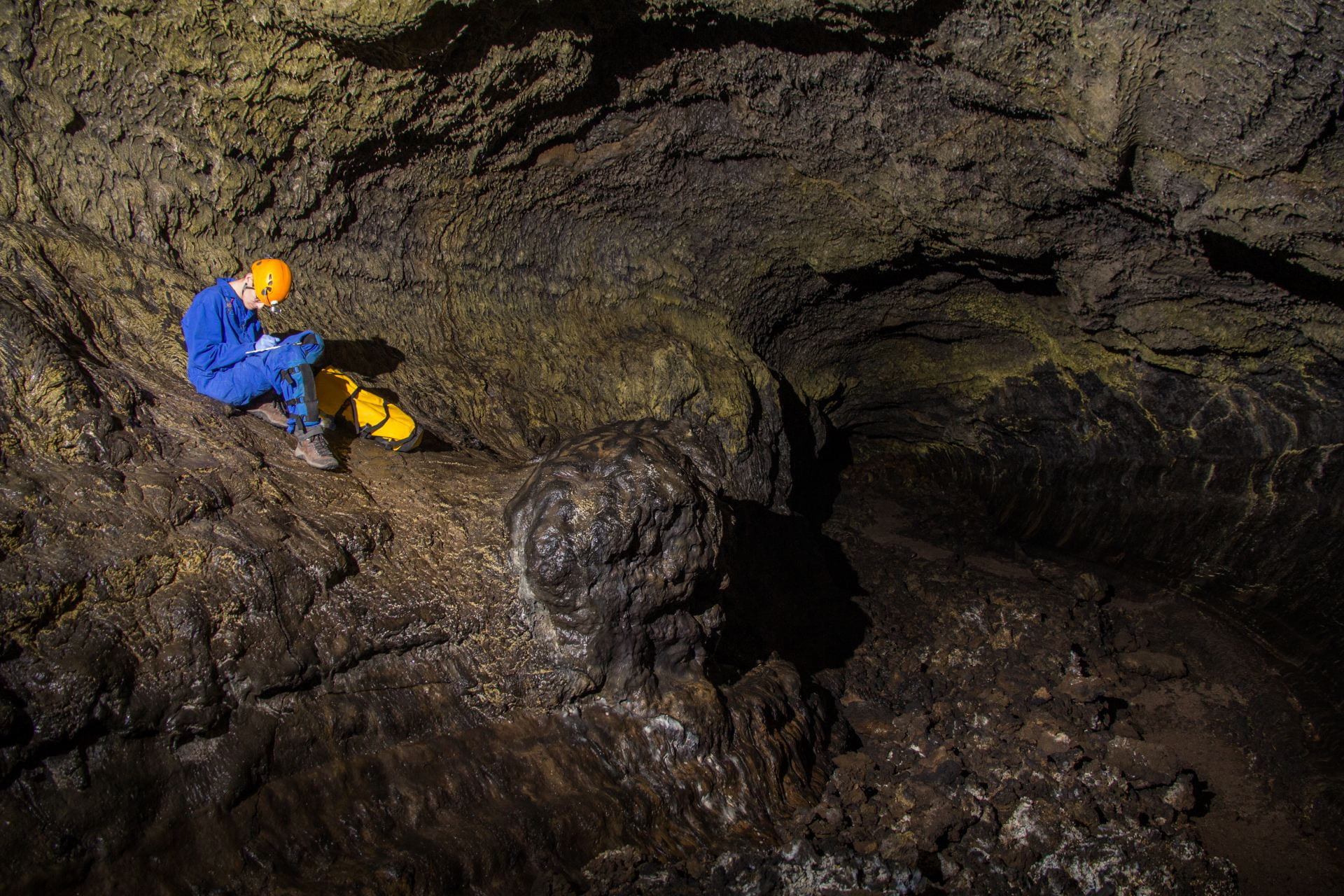


Lipids @ LABE
Coastal Flooded Caves
Where the ocean meets carbonate rocks, dissolution can occur creating extensive networks of caves. In these dynamic environments fresh water meets salt water and mixes through regional aquifer flow, tidal action, and storms forming complex chemical gradients in which microbes can thrive.
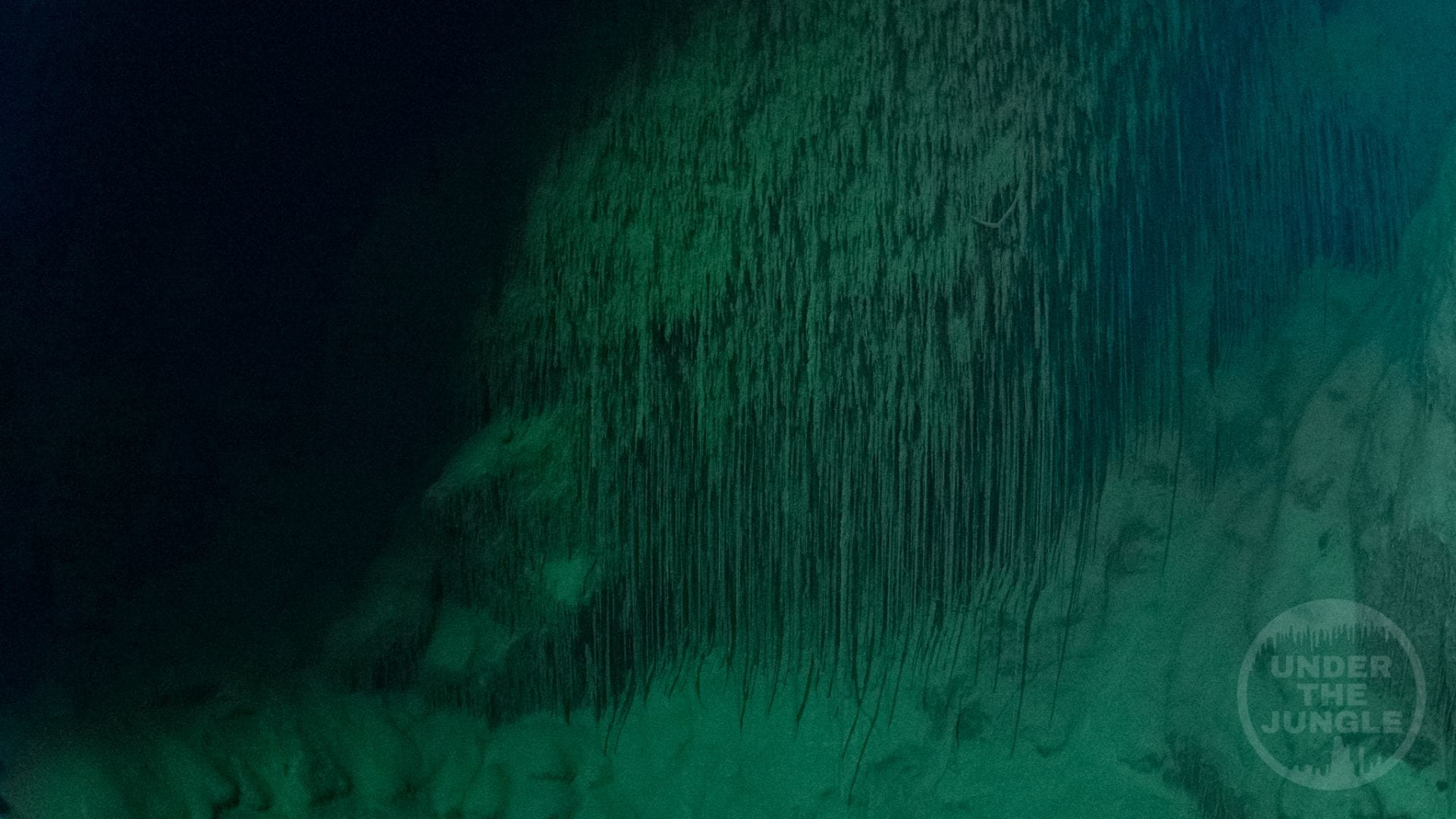
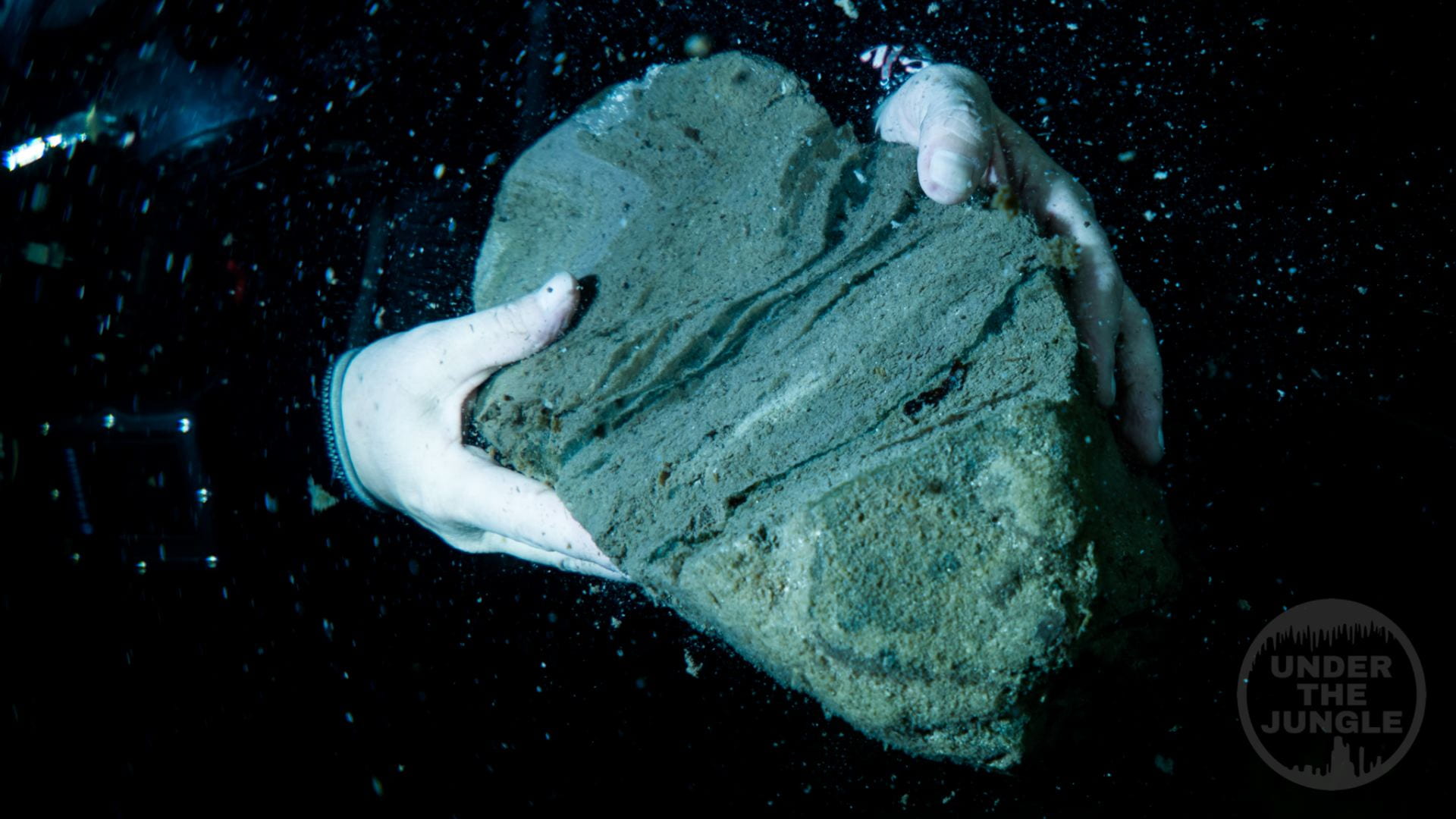
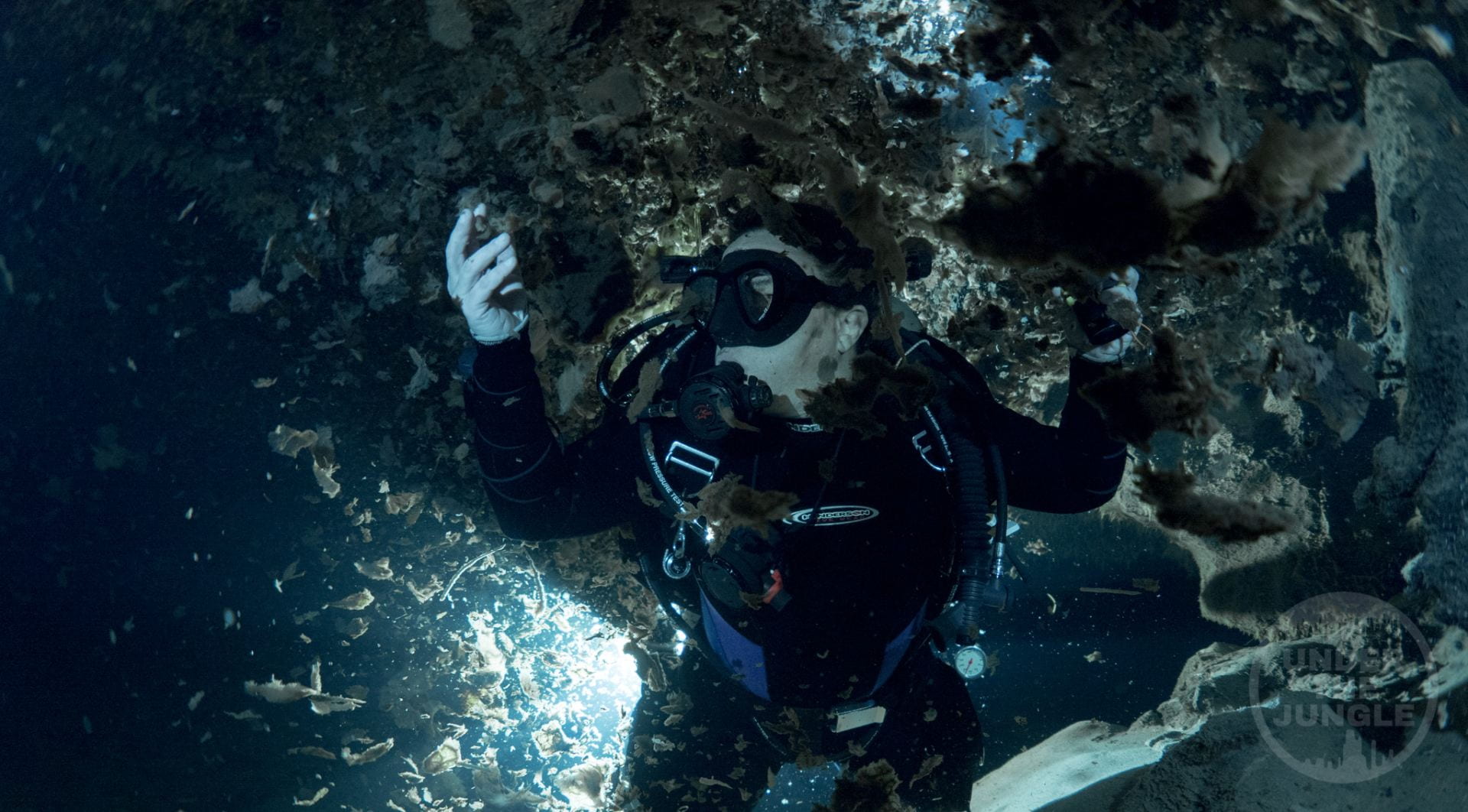
Upland Karst
The most traditional type of caves are those formed through the leaching of carbonate rocks by groundwaters charged with CO2 from soil. They sites host a range of microbial habitat from underground rivers, to cave soils, to groundwater seeps.
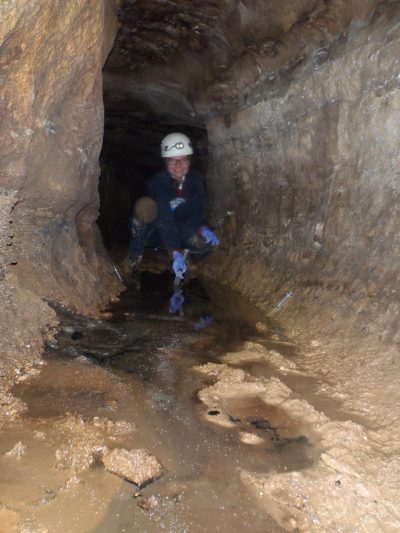
Mammoth Cave: I have been visiting Mammoth Cave regularly since childhood, but primarily as a cave enthusiast and only recently as a scientist. Mammoth is the longest mapped cave in the world. Different reaches and levels of this system are vastly different environments. Our current work here focuses on one sulfur and hydrocarbon rich seep that spills into small cave pools and host verdant microbial and invertebrate life. We hope to expand to a more systemic investigation in the coming year.